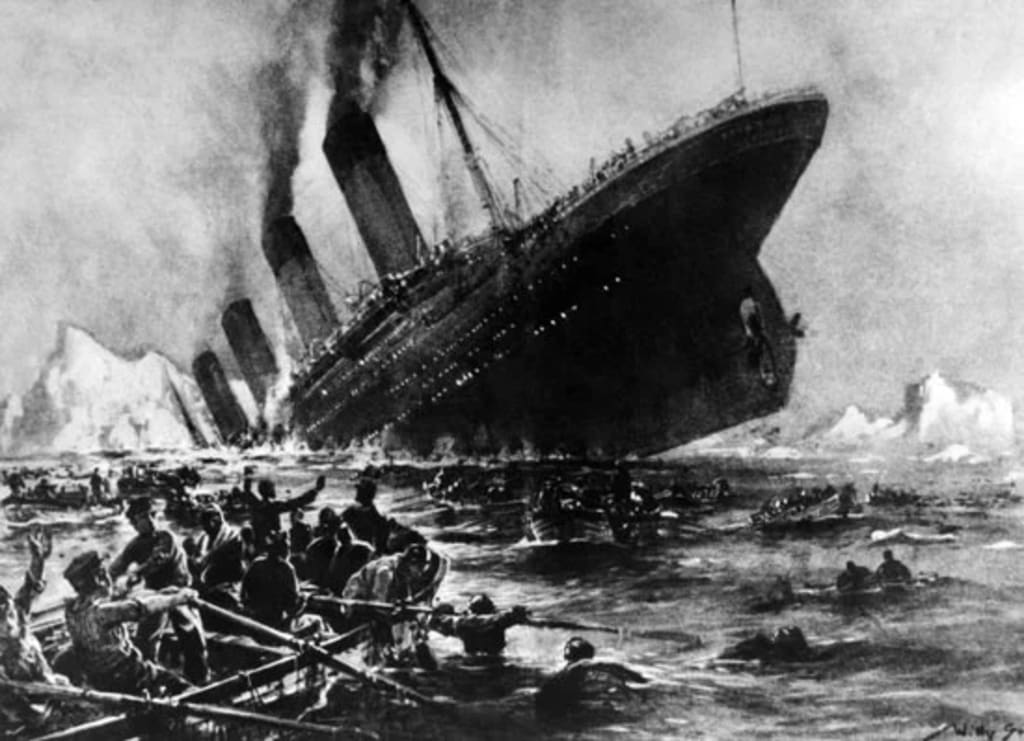the reasons why the Titanic had insufficient lifeboats
Hundreds of lives may have been lost due to an antiquated safety law.

When Kate Winslet's Rose discovers something about the lifeboats in James Cameron's 1997 film Titanic, it turns out to be kind of significant.There doesn't appear to be enough for everyone on board.Victor Garber, who played Thomas Andrews, the architect of the Titanic, replies in a perfect Irish accent, "I have built a good ship, strong and true."She is the only lifeboat you require.
Given that the audience is already aware of how this story concludes
This statement strikes me as either sad conceit or a crude jest.
But it's crucial to comprehending both how the Titanic was built and what went wrong.In fact, the Titanic had more lifeboats than were mandated by British law.
The Merchant Shipping Act of 1894 mandated that large ships—those that weigh more than 10,000 tons—have a minimum of 16 lifeboats, each of which can accommodate 990 people.From nce, ships just kept growing in size while the minimum remained constant. The Titanic was over 45,000 tons when it set sail in 1911, yet according to the legislation, only 16 lifeboats were required. Titanic had 20, which, if fully occupied, would
could accommodate 1,178 individuals in all.
Not even close to being large enough to hold the roughly 2,240 passengers and staff who were on board when the ship sank.
However, from a design standpoint, the Titanic's builders had every reason to think they had built the safest passenger ship the world had ever seen.She is the sole lifeboat you require.Even after the Titanic sank, people continued to talk about it in this way, even though the line may have been made up for the film.Unpacking that is what we should do.The Titanic was built to withstand significant damage and remain afloat.These walls, known as bulkheads, split the bottom of the ship into 16 compartments.
With the flip of a switch, watertight doors connecting these compartments could be closed, effectively sealing them off from one another in the event that the ship's hull was broken.After being shut off, the affected compartments' water levels would rise to the waterline, or height of the sea, but the rest of the ship would not flood.The big ocean liner was supposed to be the safest place to wait while lifeboats carefully transported passengers to a rescue ship, even
After it began to take on water.Just a few years prior, this bulkhead plus lifeboat method had been effective when a ship unintentionally collided with the ship.
directly into the RMS Republic's side.Newspaper illustrations from 1909 showed where the Republic was absorbing water and how it was split open.The crew, however, maintained their composure and delayed the ship's evacuation.Their confidence was largely attributable to a cutting-edge technological device they were using: the Marconi Wireless Telegraph system.
The Republic's telegraph operator sent out the distress signal C-Q-D, which later became SOS, to all nearby ships when it was attacked.
A rescue ship showed up a little while later, and her crew carefully moved everyone off the Republic using lifeboats in small groups.
The Republic finally sank, but everyone on board was saved save for the six victims of the first incident.The Republic used a radio distress signal for the first time, and its operator was lauded as a hero.This episode appeared to demonstrate that, on the congested North Atlantic route, where other ships were constantly in the area, meticulous ship design and this remarkable piece of new technology had rendered maritime mishaps obsolete.The optimism of the era is summed up nicely in this 1909 news report, The Triumph of Wireless:"The traveler in an advanced The transatlantic liner is the safest in the entire globe. shor years later, and here is what went wrong.Regulations....
About the Creator
Nora Ariana
There are no limits to our dreams, just believe they do mean something to us.






Comments (3)
you sexy
Very informative
Interesting historical facts.